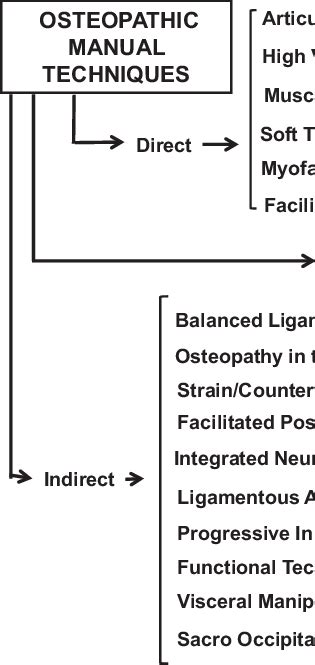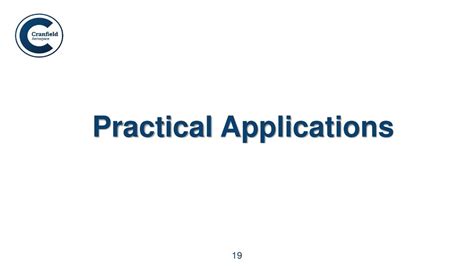Intro
Doctors of Osteopathic Medicine, or D.O. doctors, play a crucial role in the healthcare system, offering a unique approach to patient care that emphasizes the interconnectedness of the body's systems and the importance of preventive medicine. The distinction between D.O. doctors and M.D. (Medical Doctor) physicians is often not well understood, leading to confusion among patients and the general public. Understanding the role, training, and philosophy of D.O. doctors can help clarify their position within the medical field and highlight the benefits they bring to healthcare.
The history of osteopathic medicine dates back to the late 19th century, founded by Andrew Taylor Still, who sought to create a more holistic approach to medicine. This approach focuses on treating the whole person, including the physical, emotional, and spiritual aspects, rather than just the symptoms of a disease. Over the years, the field of osteopathic medicine has evolved, but its core principles remain the same. D.O. doctors are trained to use all the tools of modern medicine, including prescription drugs and surgery, but they also bring an additional dimension to patient care through their emphasis on osteopathic manipulative treatment (OMT) and preventive care.
The training for D.O. doctors is similar to that of M.D. physicians, with four years of undergraduate education followed by four years of medical school. After medical school, both D.O. and M.D. graduates must complete residency programs, which can last from three to seven years, depending on the specialty. The key difference in their education lies in the additional training D.O. students receive in osteopathic principles and practices (OPP) and osteopathic manipulative medicine (OMM), which encompasses about 200 hours of specific training in osteopathic techniques. This unique training equips D.O. doctors with the skills to diagnose and treat conditions using a variety of techniques, including manual therapy.
Philosophy and Approach of D.O. Doctors

The philosophy of osteopathic medicine is centered around the concept that the body is a unit; an integrated system of mind, body, and spirit. D.O. doctors believe that when one part of the body is not functioning properly, it can affect the entire system. This holistic approach leads D.O. doctors to consider factors such as lifestyle, environment, and psychological well-being when diagnosing and treating patients. They are also trained to use their hands to diagnose and treat illness and injury, employing a range of manual techniques to help restore balance to the body's systems.
Benefits of the Osteopathic Approach
The benefits of the osteopathic approach are multifaceted. By considering the whole person, D.O. doctors can often identify and address issues that might be overlooked by other medical practitioners. This approach can lead to more effective treatments and better patient outcomes. Additionally, the emphasis on preventive medicine helps patients avoid illnesses and conditions before they become severe, which can reduce healthcare costs and improve quality of life.Working Mechanisms of Osteopathic Manipulative Treatment (OMT)

Osteopathic manipulative treatment (OMT) is a core component of osteopathic medicine, involving the use of manual techniques to diagnose and treat a wide range of conditions. These techniques can include soft tissue manipulation, joint mobilization, and cranial osteopathic techniques, among others. The goal of OMT is to restore balance and promote healing within the body, enhancing the body's natural ability to recover from illness or injury.
Steps Involved in OMT
The process of OMT involves several steps, starting with a thorough medical history and physical examination to identify areas of restriction or dysfunction. The D.O. doctor then uses their hands to apply gentle pressure, stretching, or resistance to help relieve tension in the muscles and joints, improve circulation, and restore normal body mechanics. This can involve a variety of techniques tailored to the patient's specific needs and condition.Practical Applications and Examples

The practical applications of osteopathic medicine are broad, ranging from primary care and pediatrics to sports medicine and geriatrics. For example, D.O. doctors might use OMT to help patients with back pain, headaches, or respiratory issues such as asthma. In sports medicine, OMT can be used to enhance athletic performance, prevent injuries, and speed recovery. The holistic approach of D.O. doctors also makes them well-suited to addressing complex, chronic conditions where a multifaceted treatment plan is necessary.
Statistical Data on Effectiveness
Studies and statistical data have shown the effectiveness of osteopathic medicine in various areas. For instance, research has demonstrated that patients treated with OMT may experience significant reductions in pain and improvement in functional ability. Additionally, the emphasis on preventive care can lead to better long-term health outcomes and reduced healthcare utilization.SEO Relevance and Keyword Integration

For those searching for information on D.O. doctors and osteopathic medicine, understanding the SEO relevance of related keywords can be helpful. Terms such as "osteopathic medicine," "D.O. doctor," "osteopathic manipulative treatment," and "holistic healthcare" are relevant for finding comprehensive information on the topic. Integrating these keywords into searches can lead to a wealth of information on the benefits, training, and philosophy of D.O. doctors, as well as practical applications and examples of osteopathic care.
Keyword Density and Synonyms
Maintaining an appropriate keyword density, typically between 1% and 2%, is crucial for SEO optimization. Using synonyms and related phrases, such as "osteopathic physician," "holistic approach," and "preventive medicine," can help diversify the language and improve the readability of the content. This approach ensures that the information is accessible and engaging for readers while also enhancing its visibility in search engine results.Conclusion and Future Directions

As the healthcare landscape continues to evolve, the role of D.O. doctors is likely to become even more significant. Their unique approach to patient care, combining the latest medical knowledge with a holistic philosophy, positions them well to address the complex health challenges of the future. By understanding the training, principles, and practices of D.O. doctors, patients can make informed decisions about their healthcare and benefit from the comprehensive, patient-centered care that osteopathic medicine provides.
Final Thoughts and Reflections
In reflection, the importance of D.O. doctors in the medical field cannot be overstated. Their commitment to treating the whole person, rather than just the symptoms of a disease, reflects a deep understanding of the interconnectedness of human health. As we look to the future of healthcare, the principles of osteopathic medicine offer a promising approach to achieving better patient outcomes, improving quality of life, and fostering a more holistic understanding of health and wellness.To further engage with the topic and explore the benefits of osteopathic medicine, we invite readers to share their experiences with D.O. doctors, ask questions, or seek more information on how osteopathic care can address their specific health needs. By fostering a community of informed and engaged individuals, we can work together to promote a deeper understanding of the role of D.O. doctors in modern healthcare and support the advancement of osteopathic medicine.
What is the main difference between a D.O. and an M.D.?
+The main difference lies in their training and approach to patient care. D.O. doctors receive additional training in osteopathic principles and practices, including osteopathic manipulative treatment (OMT), which is not part of an M.D.'s training.
What conditions can be treated with osteopathic manipulative treatment (OMT)?
+OMT can be used to treat a wide range of conditions, including back pain, headaches, respiratory issues like asthma, and even some types of chronic pain and digestive problems.
Do D.O. doctors prescribe medication and perform surgery?
+Yes, D.O. doctors are fully qualified to prescribe medication and perform surgery. They have the same rights and responsibilities as M.D. physicians in these areas.
